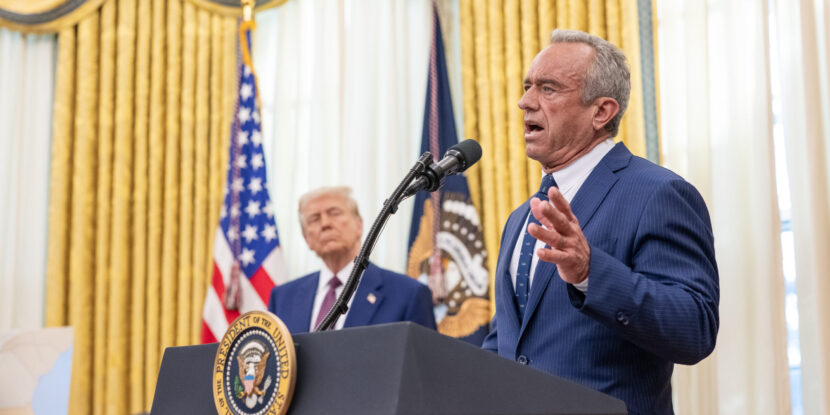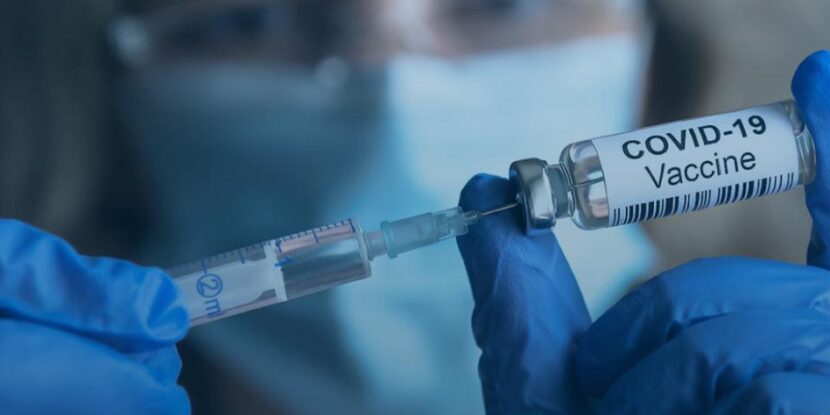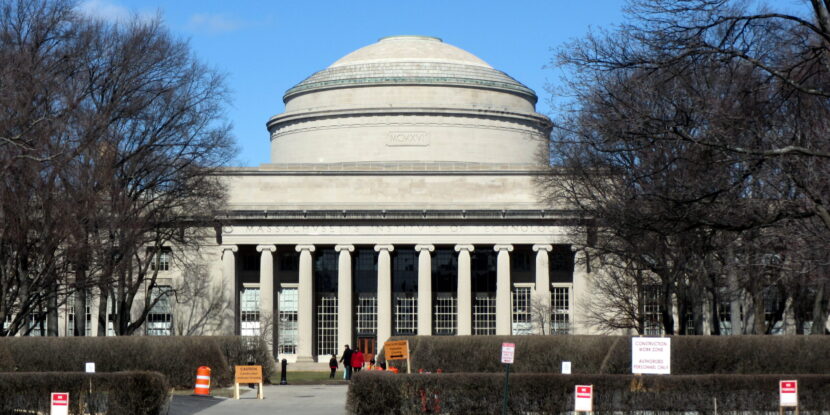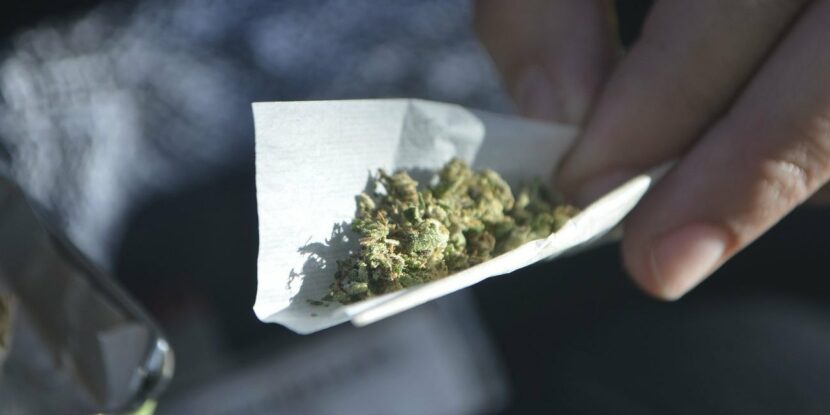PULSE POINTS:
❓What Happened: The U.S. Food and Drug Administration (FDA) approved two additional natural color additives and expanded the use of a third, aligning with efforts to phase out artificial food dyes being pursued by Health and Human Services (HHS) Secretary Robert F. Kennedy Jr.
👥 Who’s Involved: The FDA, HHS Secretary Robert F. Kennedy Jr., FDA Commissioner Dr. Marty Makary, and U.S. food manufacturers.
📍 Where & When: The FDA’s approval occurred on Friday in Silver Spring, Maryland.
💬 Key Quote: “Today we take a major step to Make America Healthy Again,” said HHS Secretary Robert F. Kennedy Jr.
⚠️ Impact: The approval supports the transition to natural dyes in food, affecting products like cereals, snacks, and candies.
IN FULL:
The U.S. Food and Drug Administration (FDA) has taken a significant step toward reducing artificial food dyes by approving additional natural color additives. This move aligns with a Department of Health and Human Services (HHS) initiative to eliminate artificial dyes, which are often petroleum-based and lack nutritional value.
The FDA’s recent approval includes Galdieria extract blue, derived from algae, and butterfly pea flower extract. The use of calcium phosphate, a natural compound, has also been expanded. These natural colorings are now permitted in a variety of food products, including fruit juices, cereals, snacks, and candies.
HHS Secretary Robert F. Kennedy Jr. expressed his commitment to making America’s food supply healthier, stating, “For too long, our food system has relied on synthetic, petroleum-based dyes that offer no nutritional value and pose unnecessary health risks. We’re removing these dyes and approving safe, natural alternatives—to protect families and support healthier choices.”
The FDA has been encouraging food companies to voluntarily phase out synthetic dyes, a move supported by some manufacturers like Tyson Foods. FDA Commissioner Dr. Marty Makary emphasized the agency’s dedication to this transition, noting, “FDA staff have been moving quickly to expedite the publication of these decisions, underscoring our serious intent to transition away from petroleum-based dyes in the food supply and provide new colors from natural sources.”



















